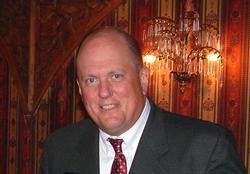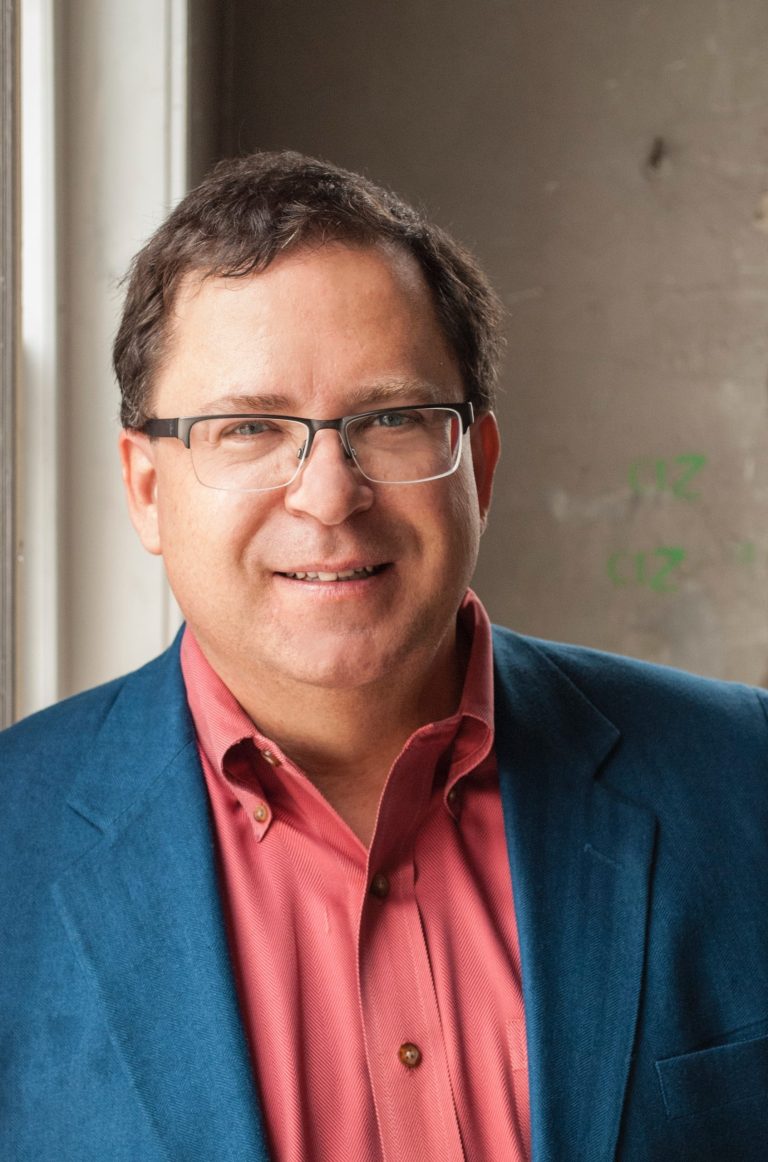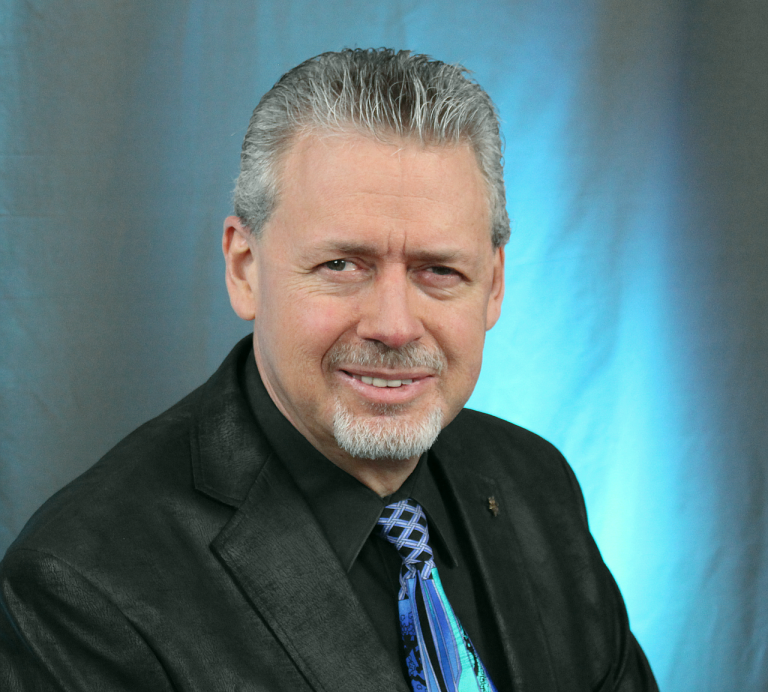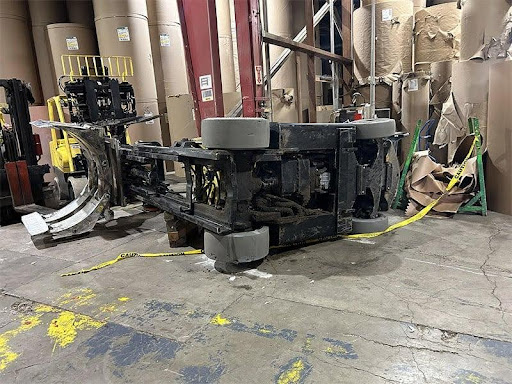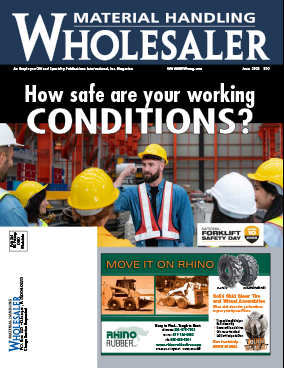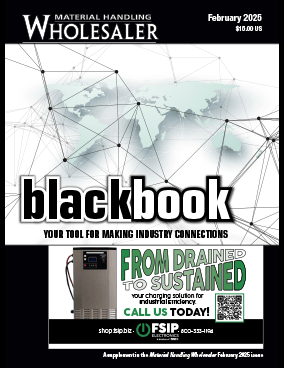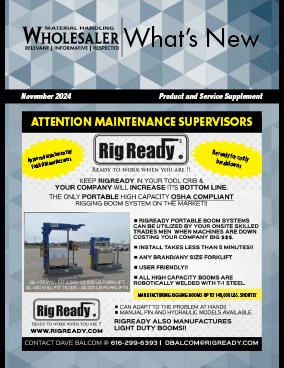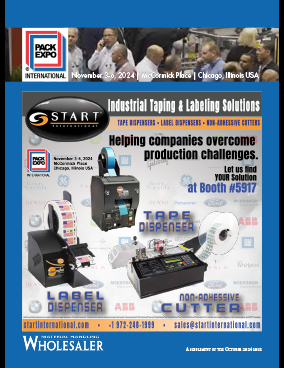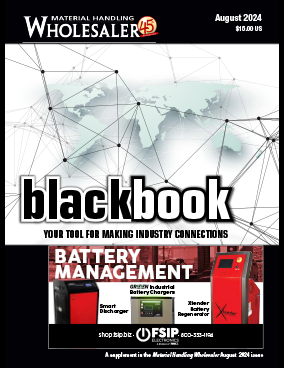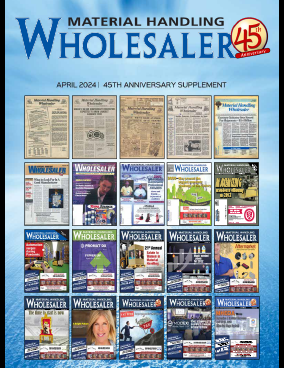At the beginning of every year most companies take an assessment of their progress over the preceding 12 months, and set goals and objectives that if obtained in the ensuing year, most likely will require managing a change of some type within the organization. Everyone who has been in this business for a while is aware that there are a myriad of “holes” into which your profits can fall if the practices within the organization allow it.
The process of managing change has become its own science in today’s world. Usually the choice to change is marked by a long standing, albeit outdated or inefficient process. No doubt the people executing the current process find it familiar and easy. In many cases these long standing processes have dug a watercourse into the culture and practice of your business.
L.C. Rockhill was the Director of the Goodyear Tire and Rubber Company in 1921. In the 1920’s Mr. Rockhill was dedicated to what we now call “change management.” This is a quote from one of his writings:
“Nature is prone to follow the easy way. The river follows in its natural channel to the sea, but if you want to start a mill you must dam up the river, or change its course. So it is with human nature. We are prone to run along in the customary grooves which we have worn, or which someone has tramped out for us. But if we would have a big harvest, we must cultivate hard the good tendencies, and uproot the bad. We must change the course of our activities into new paths.” L.C. Rockhill – Director of the Goodyear tire and Rubber Co (1921)
Changing the course of a river is a task fraught with difficulties. There are several ways to START the process, but my experience has been that the task is usually underestimated, and that the difficulty of the task is in direct proportion to the length of time that the existing procedure has been in place.
The steps in most cases follow this pattern:
· Step 1 – Assess the current state of operations.
· Step 2 – Identify the limiting steps that must change in order to improve.
· Step 3 – Draft a plan to address the deficiencies.
· Step 4 – Implement the plan.
· Step 5 – Relentlessly enforce the changes.
Step 1 through Step 3 are normally the easiest and fastest steps in the process. The reason is simple. These steps don’t require anything from the people who will actually execute the change in procedure. I think that must have been the inspiration for Robert Burns when he wrote over 200 years ago “the best laid plans of mice and men often go awry.” It’s clear to me that all of our efforts to cogitate and investigate, are cancelled out by our inability to communicate. This goes right back to “turning on the buy-in switch” that I wrote about back in December. For all of the fantastic digital tools at our disposal, aftermarket organizations in our business are still reliant on the ability of PEOPLE to carry out the policies and procedures we want to embrace.
This is why I think it would be smart to revise the list of steps in making changes.
· Step 1 – Assess the current state of operations.
· Step 2 – Identify the limiting steps that must change in order to improve.
· Step 3 – Draft a plan to address the deficiencies.
· Step 4- Get input from staff members on the best ways to meet the goals.
· Step 5- Adjust the plan based on this input.
· Step 6 – Communicate the plan in its entirety to all participants.
· Step 7 – Implement the plan.
· Step 8- Relentlessly enforce the changes.
Building new processes from the inside out takes longer in the planning stage, but can generate significant dividends in implementation. The processes are much easier to install when your people not only understand the nuts and bolts of the tasks to be accomplished, but also understand why the change is necessary, and what benefits can be obtained by adopting the changes instead of simply enduring them. This gives the crew a personal stake, and ties them to the process.
Even with everyone on the same page, many times it can still be difficult to keep that river from finding its original channel. This is why you cannot cheat on step number 8. The final step by all measures will be the most difficult step, and the one that, if left unfinished, can undo all the hard work accomplished in step 1-7. Step 8 truly is the arduous task of redirecting the river. In many cases, even after you have properly communicated and gotten consensus, it takes several months, sometimes up to a year of relentless enforcement in order to solidify the process.
New processes also may affect people that sit outside your direct influence. It is always important to include ALL stakeholders in both the planning and the execution of a new process if possible. Getting their buy-in may be more difficult, but they must ALSO benefit from the changes. If your new process only makes it harder, or more expensive, for another department, it’s only reasonable to expect that they will seek to undermine what you have worked so hard to accomplish.
Outside influences aside, the primary obstacle you will face is your own crew’s familiarity with the current procedure. The way that things are being done now is not only understood, it’s also very comfortable. When you change that, you are asking people to voluntarily put themselves at risk of making mistakes in a new and uncomfortable process.
This is why step 8 is so necessary. Whenever afforded the opportunity, people will continue to lean toward the old, comfortable way of doing things. They will generate every possible excuse why it’s OK to fail at the new process.
It’s your job to eliminate these excuses for failure, and vigorously enforce the change. When you don’t, it sends a very powerful message about your resolve, your commitment and your leadership. At times managers can even buy in to the compelling excuses why change cannot take place. This is dangerous territory. What you will eventually find is that the very same people, who resisted your attempts at progress, will then blame you when things never improve.
Enforcement is an aftermarket manager’s commitment to change. Establishing a new normal takes daily attention, and constant focus. You must row this boat until you reach the shore. It helps to keep citing the benefits of following the new plan. Find ways to illustrate how those benefits are helping the cause. Give your people a reason to keep believing in the change. People are more likely to row with you when they see tangible improvement for themselves.
But when they won’t let you persuade them, then you will need to compel them. Sooner or later the new way, will become the way we do it, and now it begins to carry its own familiarity and comfort.
Imagine that!
Dave Baiocchi is the president of Resonant Dealer Services LLC. He has spent 33 years in the equipment business as a sales manager, aftermarket director and dealer principal. Dave now consults with dealerships nationwide to establish and enhance best practices, especially in the area of aftermarket development and performance. E-mail editorial@mhwmag.com to contact Dave.
Dave Baiocchi will be a featured speaker at the upcoming MHhuddle one-day material handling conference. Learn more…

